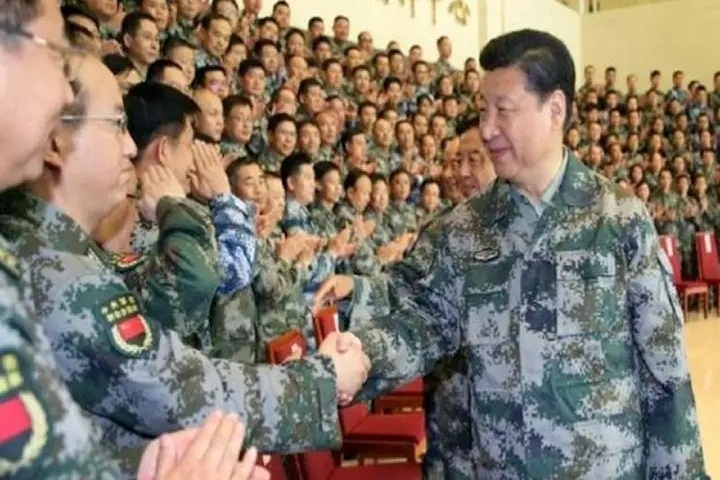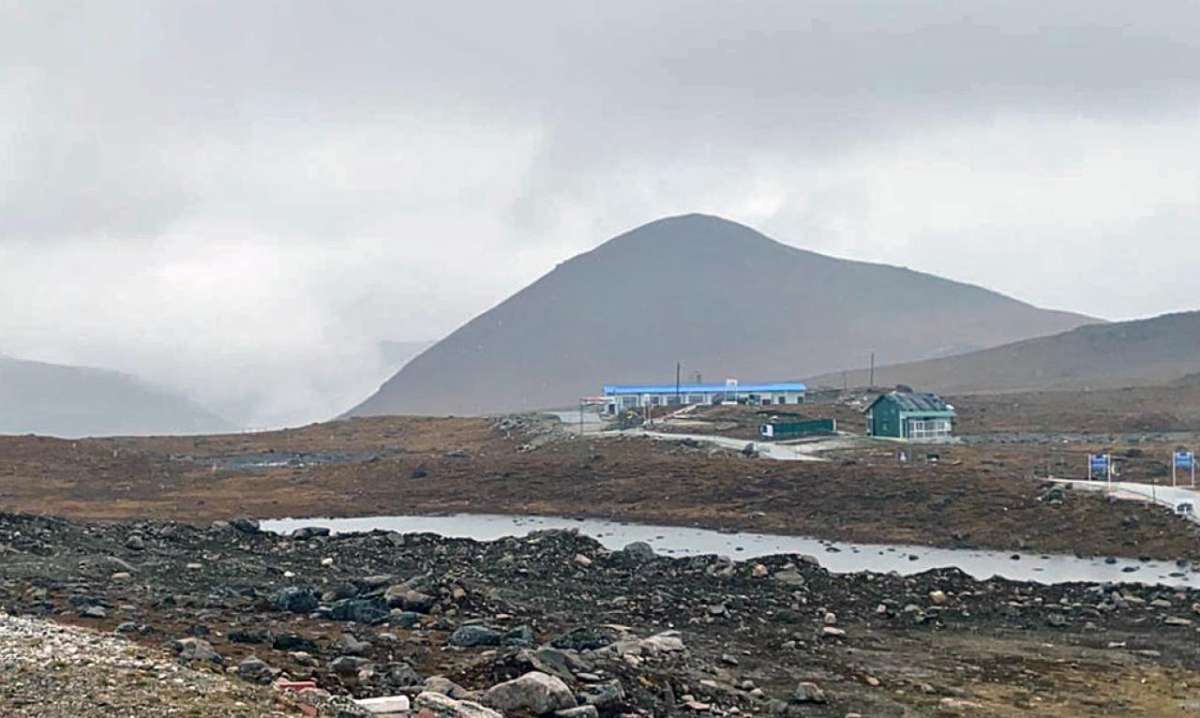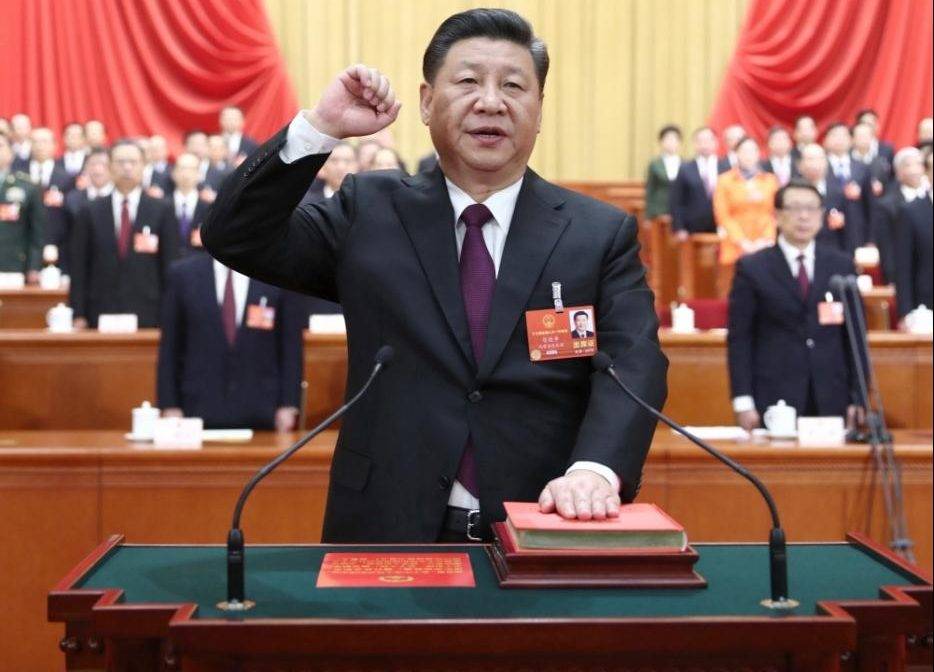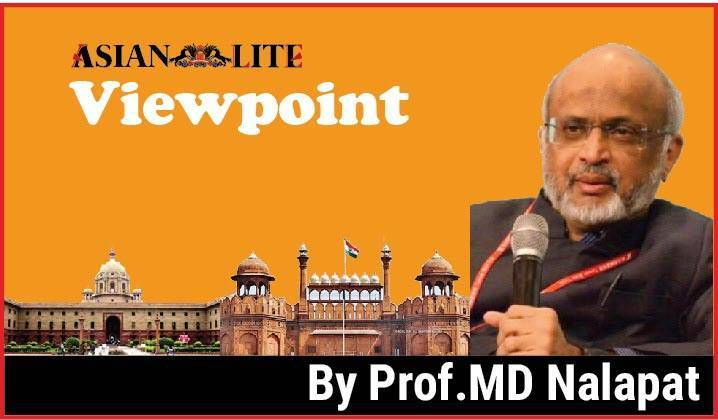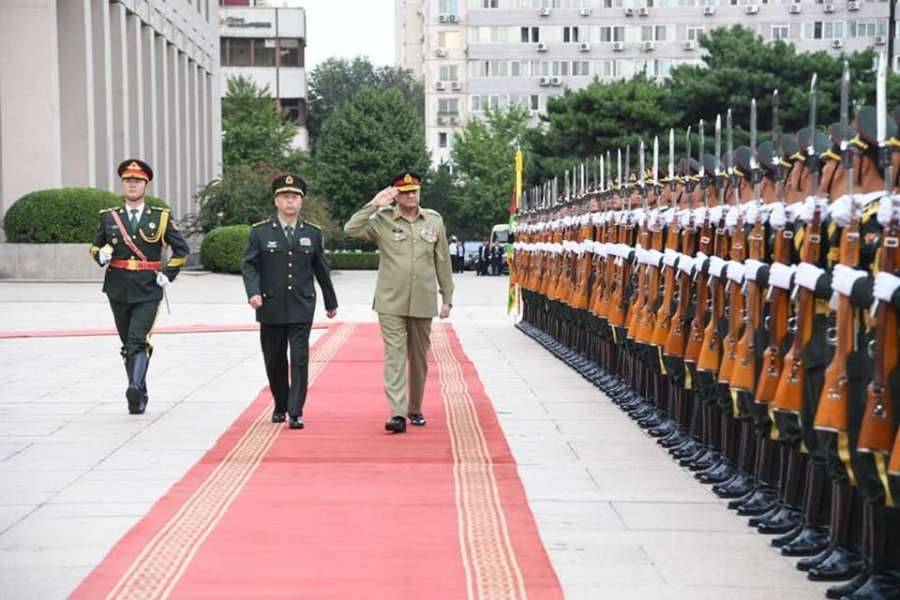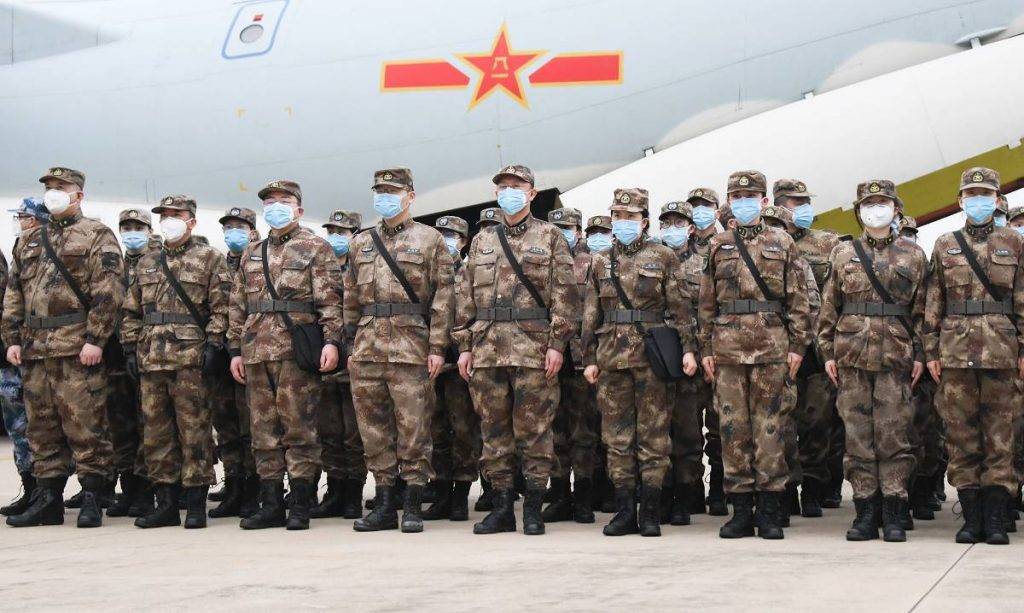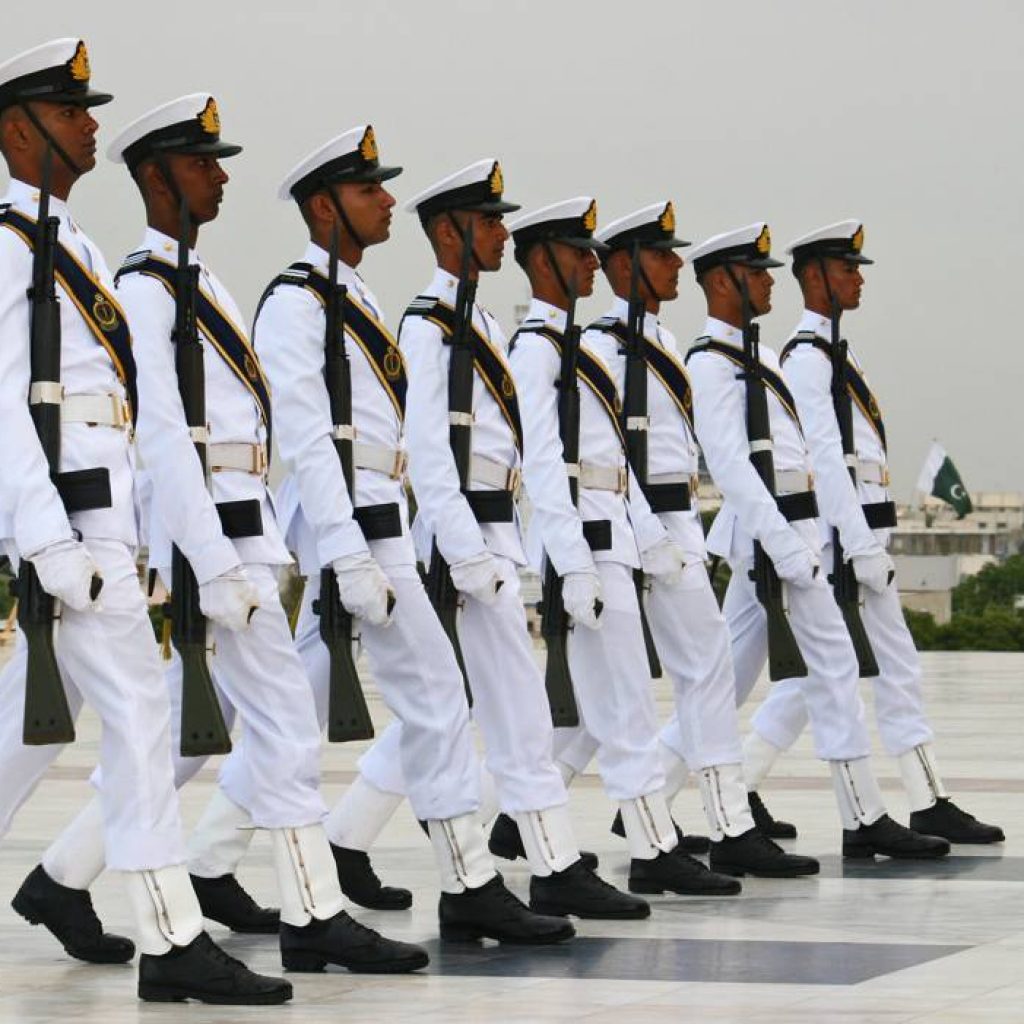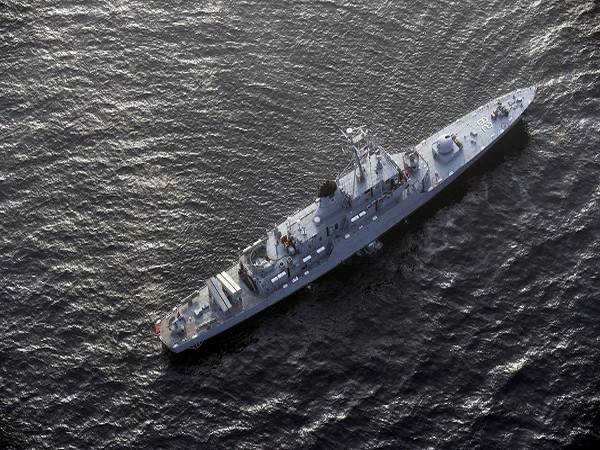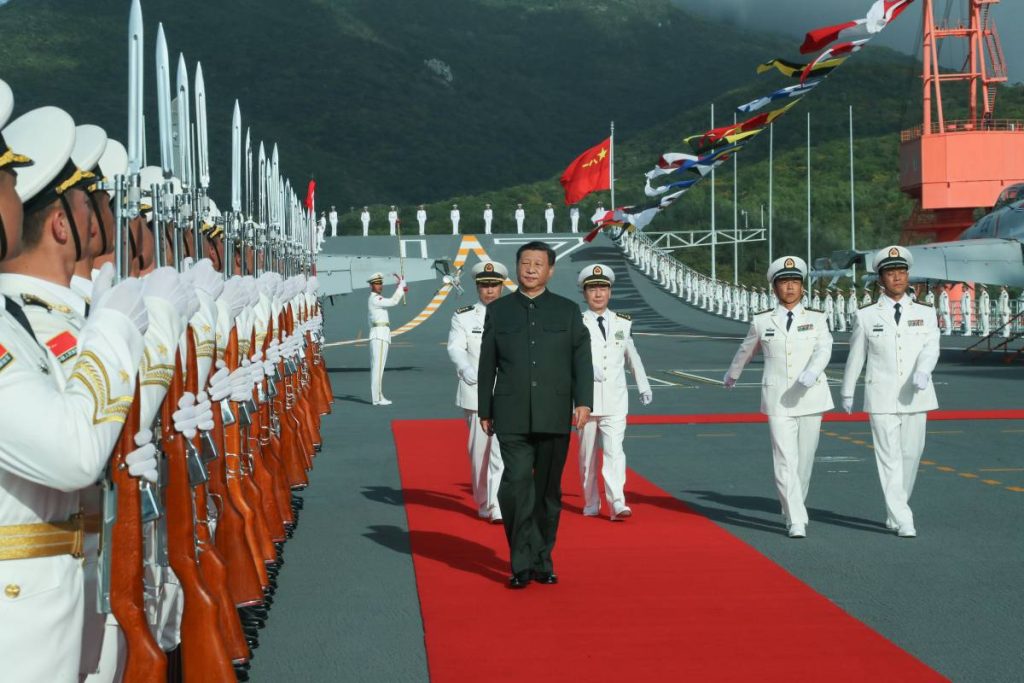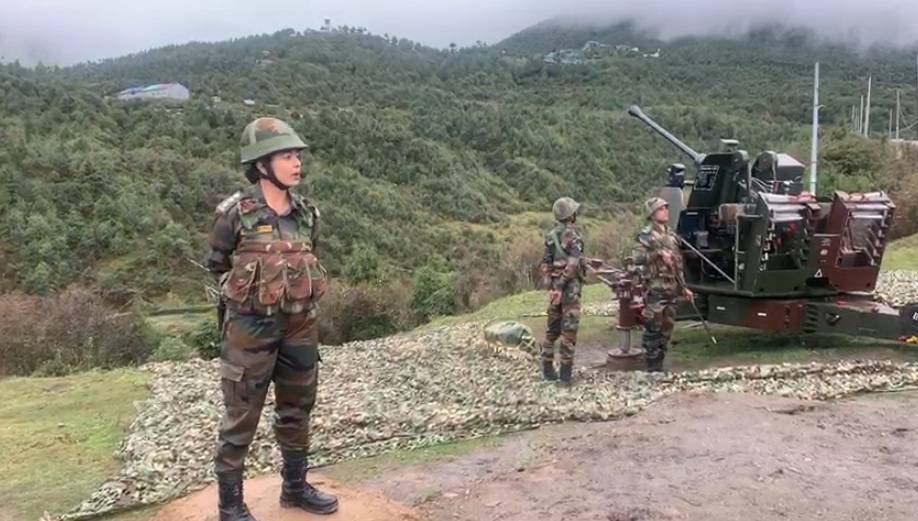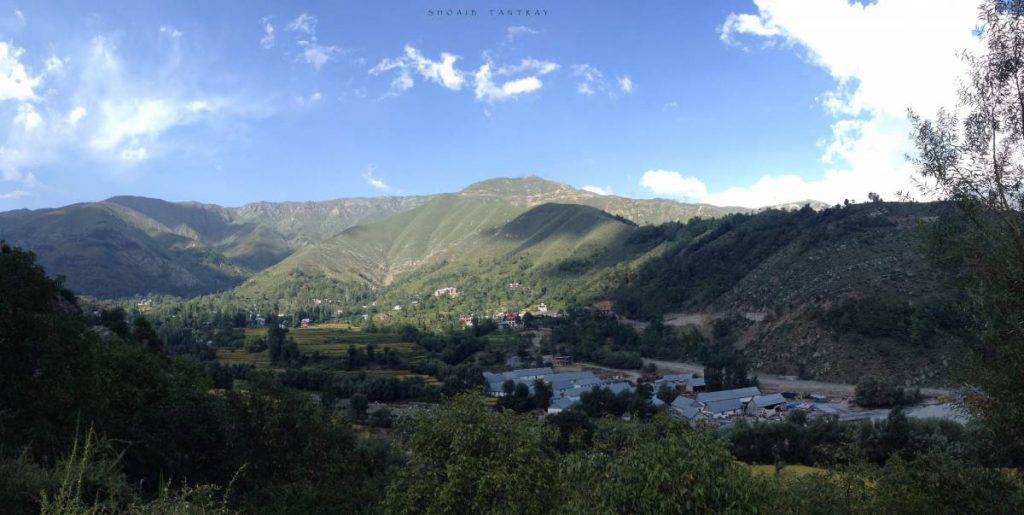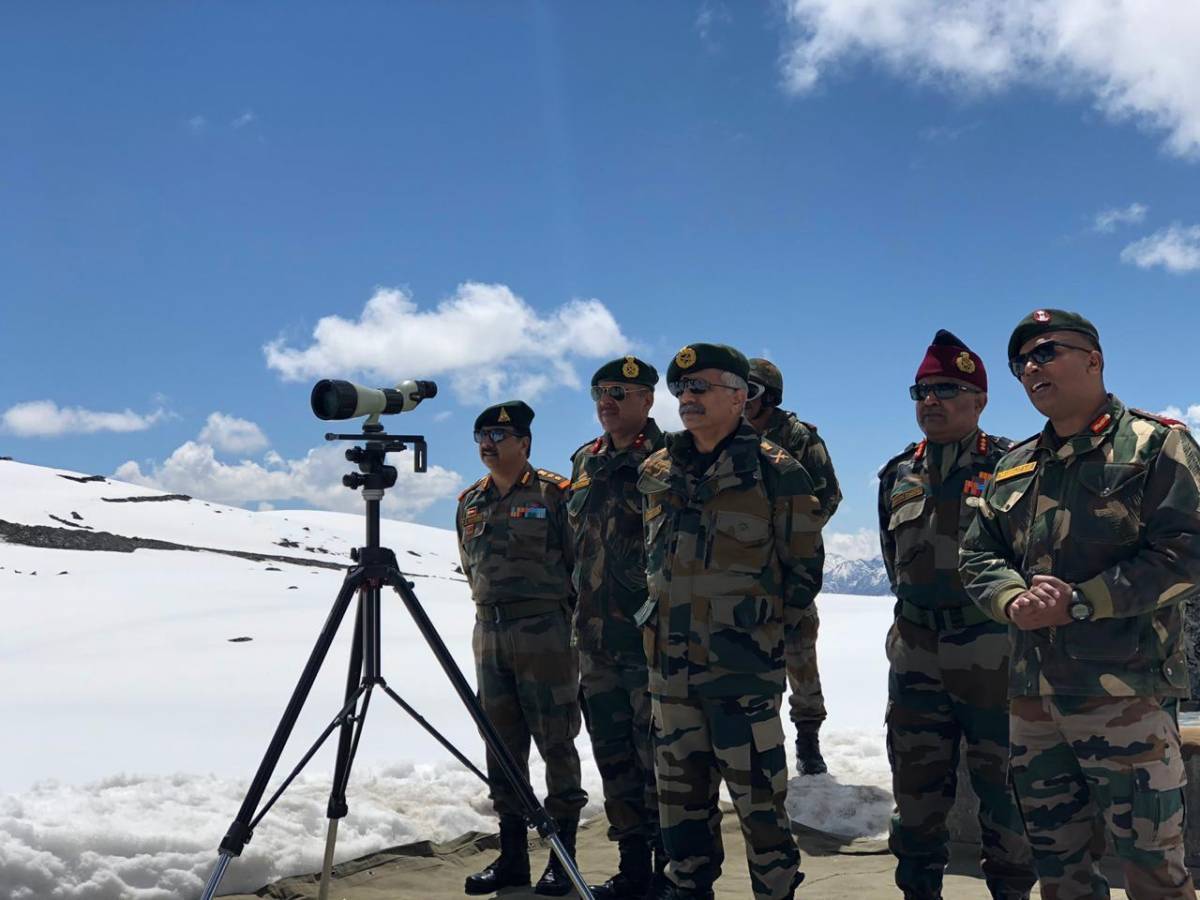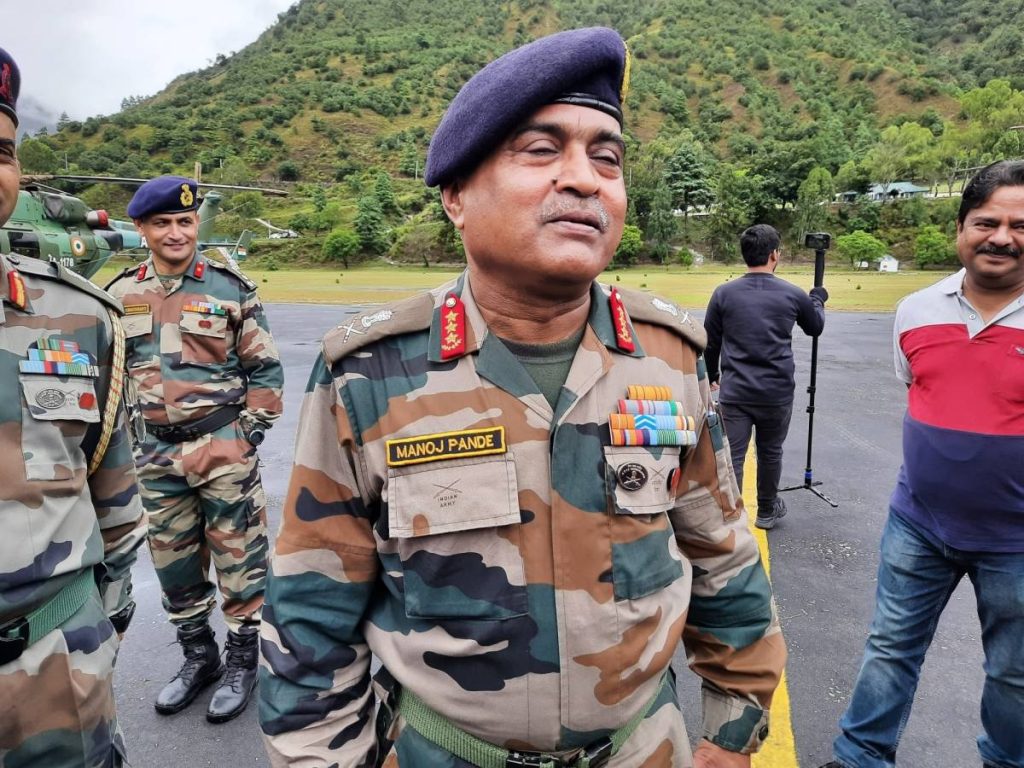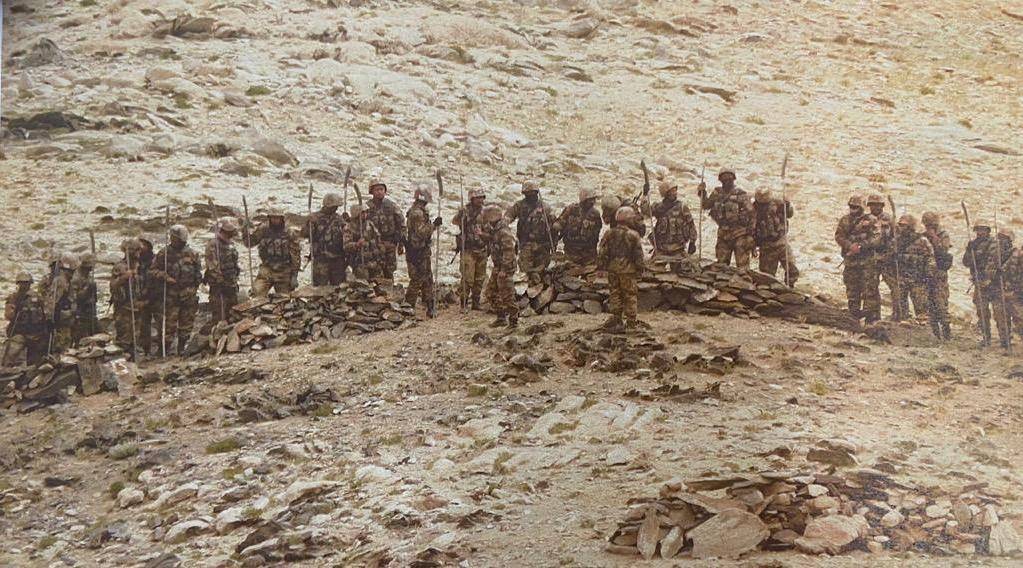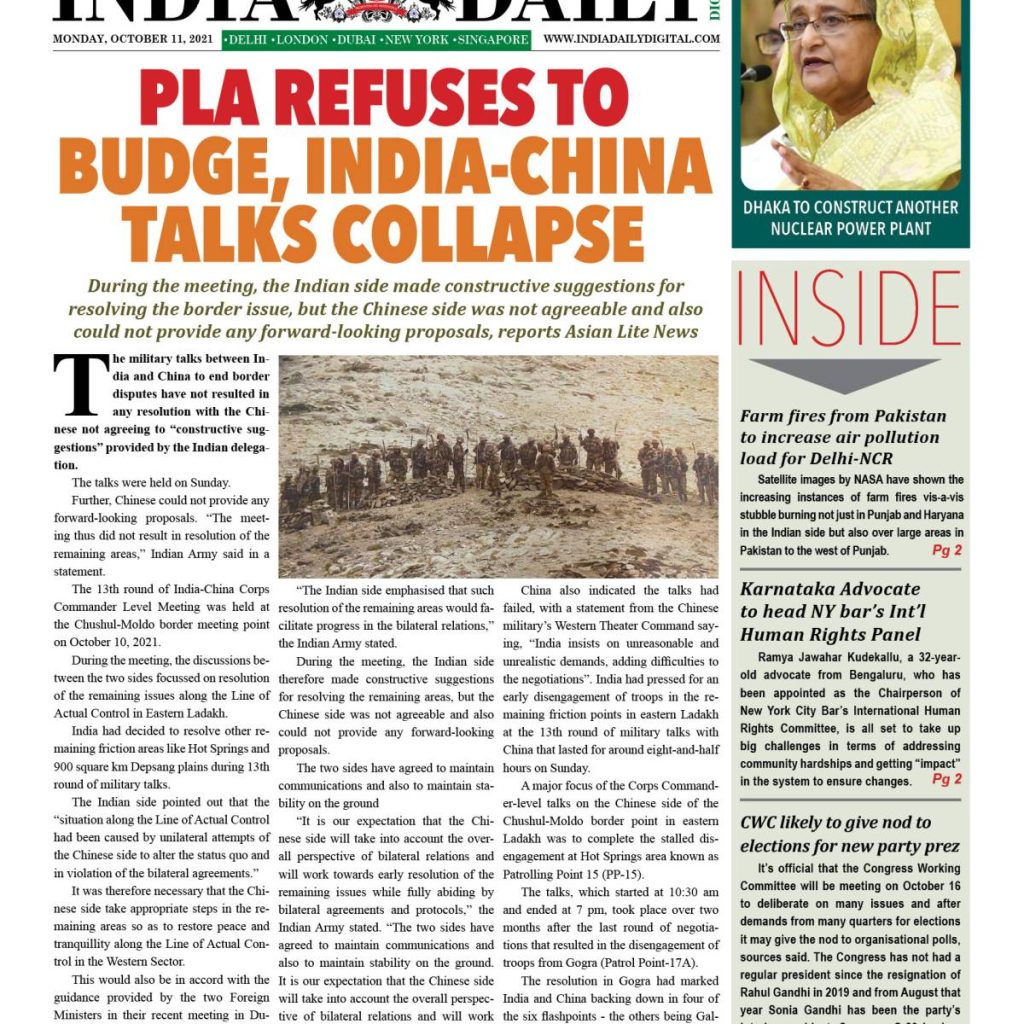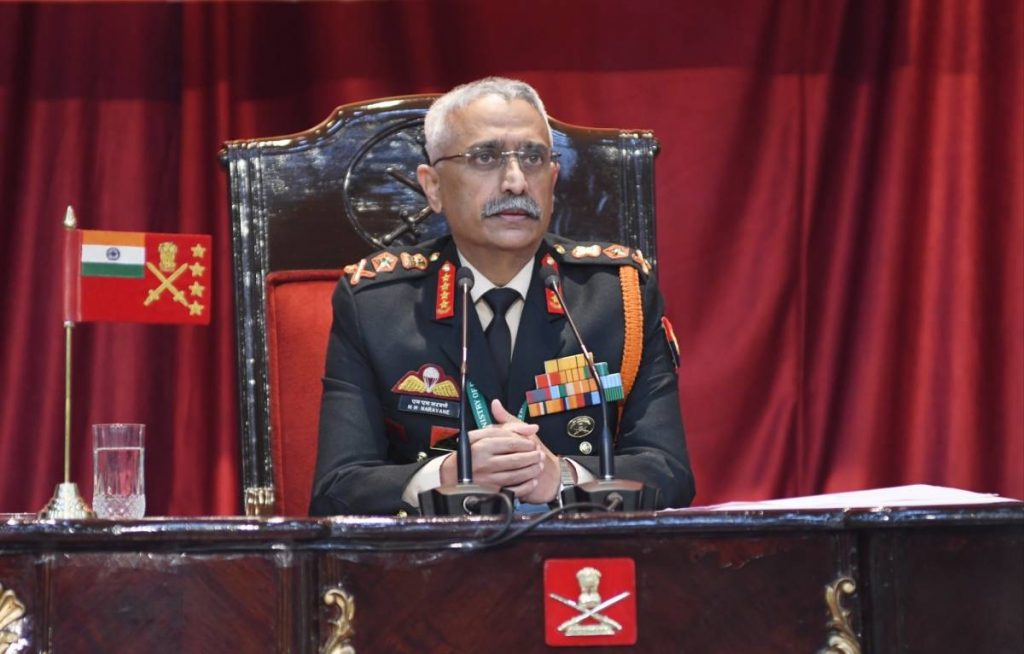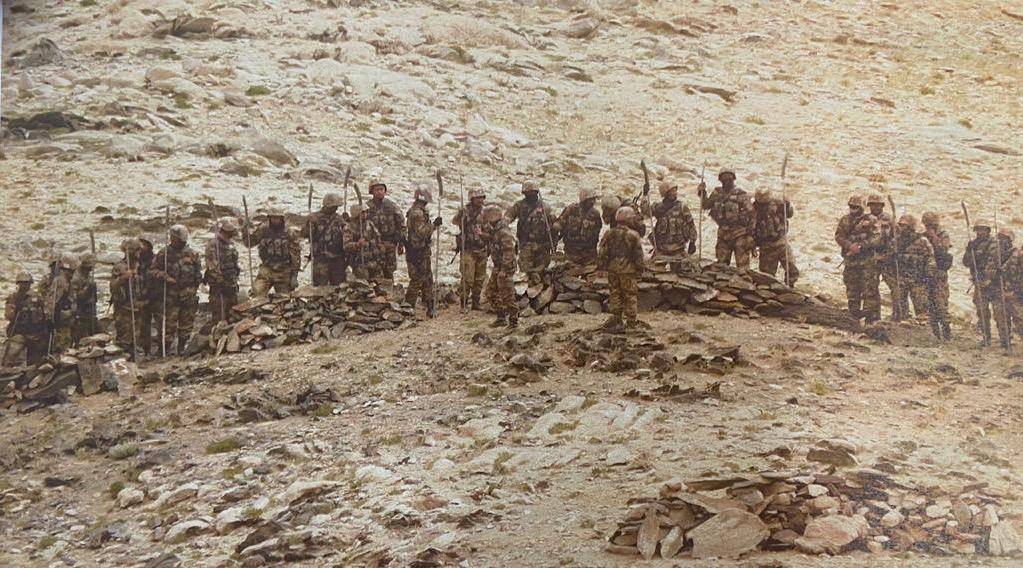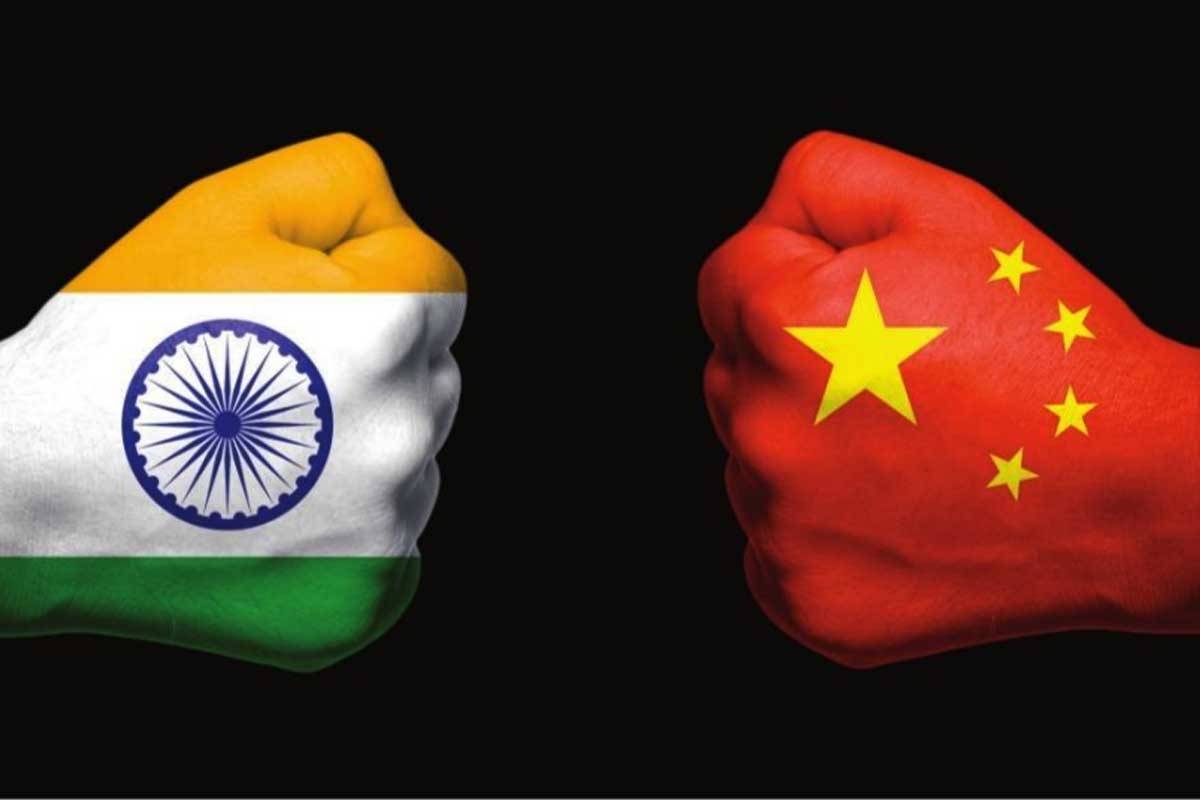“Chinese President Xi Jinping’s recent purges of senior PLA officials indicate possible mistrust in the military leadership, potentially impacting the confidence in a successful campaign against Taiwan.”…reports Asian Lite News
Fissures have appeared in the People’s Liberation Army (PLA) in recent months, with high-profile commanders, even the defence minister, removed due to corruption allegations.
Additionally, there was even speculation of a submarine loss to add more spice. Regardless, the PLA continues to test its mettle as China becomes even more aggressive in the South China Sea and more vocal about its violent designs on Taiwan.
What about the rumours of the sinking of a PLA Navy nuclear-powered submarine? This story percolated for a while but is unlikely to be true. Dr. Joel Wuthnow, Senior Research Fellow at the Centre for the Study of Chinese Military Affairs at the National Defence University in Washington DC, offered this explanation: “It was an interesting case because it started as a social media rumour and was then picked up by the tabloid press, and then made its way into the mainstream press. And so I think it’s an example of how unconfirmed information can kind of quickly get into the public sphere.”
Dr. Wuthnow continued: “My perception so far is that there really wasn’t anything to it. No government has officially or really even informally weighed in on this topic. It doesn’t seem to have happened, but it is an example of how we need to be very careful about information, especially in the Chinese context where things like this can be believable, precisely because they tend not to want to admit technical failures. technical glitches and problems that they’re facing. And so in the absence of official information from them, the idea of some kind of problem, scandal or rumor, it’s very easy for us to believe these things.”
While China denied the loss of a submarine, it has been very vocal in intimidating Taiwan. For example, at the 10th Beijing Xiangshan Forum, Lieutenant General He Lei, former vice president of the PLA Academy of Military Sciences, said on October 29: “Once the Chinese government is forced to use force to resolve the Taiwan question, it will be a war for reunification, a just and legitimate war supported and participated in by the Chinese people, and a war to crush foreign interference.”
This is fighting talk indeed, and it echoes stepped-up PLA activity near Taiwan, especially aircraft that conduct incursions into Taiwan’s air defence identification zone. China’s coercive military activities really began to spike after former US House Speaker Nancy Pelosi visited Taipei in August 2022.
However, it must be remembered that China is using psychological pressure to cow both Taiwan and any allies who might consider helping defend the democratic nation, especially as Taiwanese citizens go to presidential polls in January 2024. Threatening an invasion is very different from actually having the ability to do so, although it does reflect a propensity for violence on the part of China and Chairman Xi Jinping.
In a discussion with the Hawaii-based non-profit research institute Pacific Forum, Dr. Wuthnow discussed some factors that should be giving Xi pause for thought as he mulls turning Taiwan into a communist satellite.
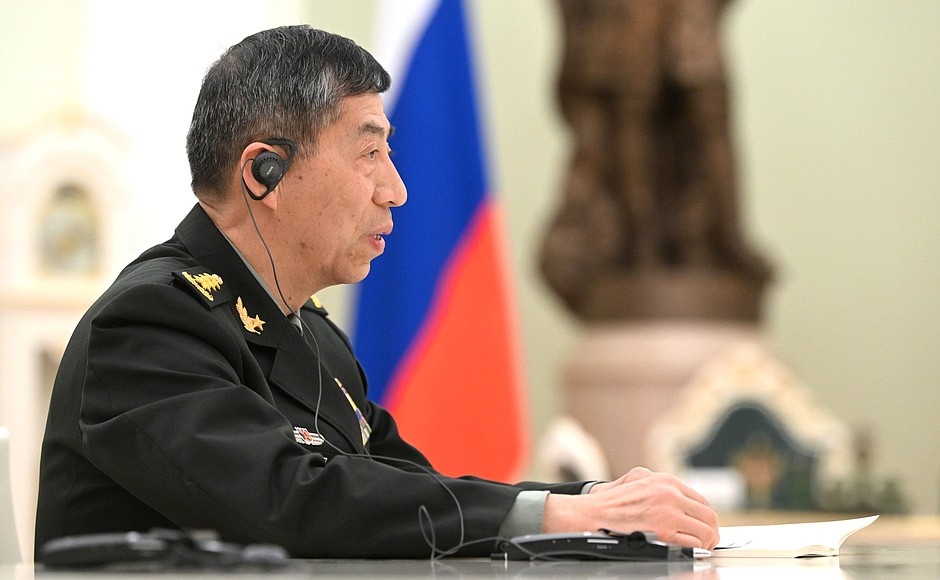
He noted, “Economically, a war with Taiwan could expose China to severe sanctions, potentially impacting trillions in assets and trade flows. Lessons from Russia’s involvement in Ukraine showed Beijing the extensive coordination between Washington and allies in retaliating against oppression.” Furthermore, “China’s military has not been in active combat since 1979 and faces logistical difficulties. Their initial assumption of quick war victories is now challenged by evolving warfare dynamics, evident from Russia’s struggles in Ukraine.”
Dr. Wuthnow also pointed out that any invasion of Taiwan would probably bring in other parties like the USA, Japan and Australia. This would escalate the conflict to “uncontrollable proportions, including the potential use of nuclear weapons”. Given the challenges of an all-out attack against Taiwan, “there’s increased consideration for a Chinese blockade of Taiwan. However, this also comes with its own risks.” He said that the “US can deter China from initiating war by imposing credible sanction plans, aiding Taiwan in bolstering its defence and ensuing the status quo is maintained without overt provocations”.
Military adventurism against Taiwan is a high-risk, high-reward scenario for Xi. But remember, “A military failure could severely damage Xi’s consolidated power. While reunification with Taiwan would be a historical achievement, Xi has primarily defined his legacy on other fronts such as improving the standard of living and expanding China’s global influence.”
Another relevant factor that Dr. Wuthnow told the Pacific Forum was Xi’s trust in the PLA’s leadership. “Xi Jinping’s recent purges of senior PLA officials indicate possible mistrust in the military leadership, potentially impacting the confidence in a successful campaign against Taiwan.” He was referring to the removal of Defence Minister Li Shangfu as well as a purge of the PLA Rocket Force’s (PLARF) top leadership, especially its commander, political commissar, and apparently the vice commander, deputy political commissar and chief of staff. This is alarming given that the PLARF controls China’s conventional and nuclear missile forces.
The Center for Strategic and International Studies (CSIS) in the USA held a webinar in late October exploring recent developments within the PLA. One participant was Roderick Lee, Director of Research at the Air University’s China Aerospace Studies Institute. Asked whether the PLA is less stable because of the ruckus in the PLARF and Li Shangfu’s disappearance, he responded: “The bottom line is, I would probably say no. I think there are a lot of rumors about, but we ultimately don’t have a totally clear picture of what happened. I think the consensus view is that this is probably corruption related.”
After Li’s disappearance, the Chinese authorities publicly announced they were looking for information about corruption-related issues dating back to around August 2017, which happens to coincide with Li’s tenure as the Equipment Development Department director. “It all points towards probably some rocket force-related corruption issue,” Lee assessed. “Not surprisingly, there was a lot of expansion going on during that time period, both on the nuclear and conventional sides … When there’s a lot of expansion going on, a lot of acquisition goes on, a lot of money is running around. It’s hard to avoid some corruption occurring, but that gets to the crux of my point that I don’t think the PLA is inherently less stable than it was before.”
If it were lower-echelon personnel being stripped out of forces like the PLARF, that would likely have a greater impact on day-to-day PLA operational readiness. However, Lee further noted: “I think we have to remember that the PLA used to be an egregiously corrupt system. And Xi Jinping – you know, we can talk about how anti-corruption campaigns are targeted to reduce political rivals against Xi – but in the PLA, it’s really about corruption. These are people who are in it to make money, not to be warfighters. And when Xi Jinping comes in and clears house, the two and three stars [generals], that’s the bottom of the barrel that you’re left with, right. You went through a system, you clean house where corruption was the norm.
The people that you have left are not corrupt, they’re just the least bad option you have left at those echelons. So it’s hard, I would argue, to expect them to not be tempted again or to either get back into corruption, or remain corrupt and just try to hide it a little better. So in that sense, it’s hard to go down from stability.”
Nonetheless, that still leaves an important question over Xi’s confidence levels in the PLA. Lee observed, “I don’t think Xi was ever confident in that. I suspect we don’t have the same problem where allegedly in the Russian system you have the Russian military telling Putin everything is fine and Putin maybe believing it. I think Xi knows that when the PLA tells him something, that’s not the entire truth or he needs to do a little bit more of his own fact finding through trusted agents or other more formal mechanisms to sort of scrutinize what’s going on. So I don’t think for a moment Xi Jinping had confidence in the PLA before this corruption scheme was unveiled. Did it go down in terms of confidence? Yeah, probably a fair amount.”
Lee continued: “I think Xi is probably quite frustrated that, approaching a decade of anti-corruption efforts has apparently yielded not a whole lot to show for it, because people are still apparently willing to engage in corrupt activities. Not this year, but one or two years ago, there was a whole slew of senior officials in the defence industry that were arrested for corruption issues. So, I think this is probably a point of frustration, but only reinforces Xi’s continued lack of confidence in the PLA, in their ability to do what he’s asking them to do.”
Lee highlighted significant personnel issues for the PLA too. “We’re seeing indications that the PLA is no longer able to just add more stuff as they acquire more weapon systems. They appear to be somewhat resource limited, and needing to pull resources away from other parts of the PLA. And I think the classic example that I’ll point to here is those three silo fields out in the middle of China with those 300+ ICBMs [intercontinental ballistic missiles]. Those personnel numbers didn’t just come out of nowhere; they got taken away from the army. They disbanded an army unit and said, ‘You guys are now Rocket Force.’ That’s how they managed it, which suggests to me that they have some resourcing problems. So as we see these larger submarine numbers, these larger missile numbers, these larger surface-vessel numbers, greater numbers of aircraft, where are all these billets coming from?” Lee said this growth in some areas involves trade-offs in terms of personnel management. For example, it has encouraged the PLA to “massively increase the size of its civilian cadre”. Civilians used to be just a tiny percentage of the PLA, but now it is recruiting 30,000 civilians annually. “This is a significant increase, and that might be how they’re freeing up billets normally held by active-duty guys.”
Lee said it was not common knowledge, but the PLA either considered sending troops to Ukraine for an evacuation, or they actually did so. Furthermore, “The Strategic Support Force regularly deploys communications personnel abroad for purposes I don’t know, but this is stuff that isn’t the counter-piracy task force, that’s not Djibouti, that’s not some high-visibility exercise. The PLA is out there probably more than we believe, acknowledge and we really appreciate. So I think we need to really look at how much PLA stuff is out there, and what are they actually doing to achieve party objectives?”
There is no consensus yet on who will be China’s defence minister to replace Li Shangfu. Many have suggested General Liu Zhenli, Chief of Staff of the Joint Staff Department and a Central Military Commission member, as the most likely candidate. Liu sat next to Russian Defence Minister Sergei Shoigu at the opening ceremony of the 10th Beijing Xiangshan, underscoring his credentials.
However, Roderick Lee’s intuition is that Liu Zhenli will not be the next choice. He believes minister of defence, a toothless position, would be a technical demotion for Liu. “Why would I, as Liu Zhenli, want to go from one of the most powerful operational sorts of authority in the PLA, second to the vice chairman and Xi Jinping, to someone who does foreign affairs work in some other random sort of state council-level functions? I have no idea. I wouldn’t want the job.”
The world will have to wait to find out, as Li’s successor will probably not be appointed till next year.
Dr. Wuthnow senses that China and the USA are “potentially starting to reset the relationship” that has been strained for some time, plus “there are signs that the US-China relationship more broadly is kind of starting to warm up a bit”. He suggested General He’s earlier-quoted comments could have been deliberately hawkish in order to reset the relationship from a Chinese position of strength. Unfortunately, there is little chance of the PLA lessening its aggression or exerting greater self-control in its dangerous intercepts on and over the South China Sea.
Roderick Lee explained: “They’re dangerous, unsafe encounters and provocative, but that’s kind of the point. The PLA isn’t out there to be safe. The PLA is out there conducting confrontational military operations to deter – a message to us, partners and allies that it’s not pleased – and it happens to believe that this is within acceptable risk tolerances.” (ANI)

